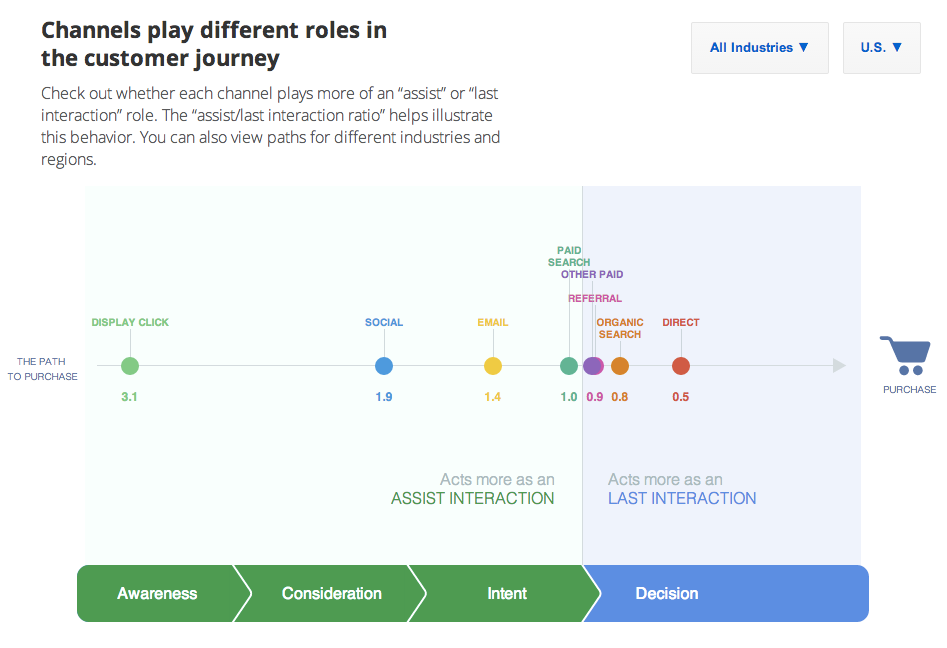Have you heard about Facebook’s Graph Search? I will make a prediction: A year from now, many brands must have their Facebook Graph Search Marketing Strategy just like they have their Google Paid Search Strategy.
Here is why.
When a person is searching for “something”, that activity is super valuable to marketers. Why? Because marketers know exactly that the person has demonstrated an intent to purchase something. The online marketing term for this is “search intent”.
Google versus Facebook
Google figured out the value of “search intent” and built a $50 billion business by selling advertising spots to businesses who want to target people who are “looking for your product or brand”. Before the announcement of “Graph Search”, businesses have always claimed that advertising on Facebook generated much lower return on investment because visitors on Facebook are not “on the search” for their product. However, “Graph Search” is going to allow businesses to reach users who are searching for their product on Facebook.
This is how “Graph Search” works:
When you enter a “search term”, Facebook's Graph Search examines a your friends and your connections to find content they have ‘liked’ that matches the search term. It also considers second-degree connections or friends of friends, as well as content which has been shared either directly with the searcher or publicly on Facebook. It uses natural language processing technology both to suggest other related search terms and identify connections. (Facebook's strategy to use natural language processing is in itself a ver y interesting technological read and the reasons can be found here)
Preview of “Graph Search”
You can go to Microsoft's Bing (Microsoft is an investor in Facebook and has first access to Facebook's Graph Search) and search for “Geico”. If you are logged onto “Facebook” in another tab, you will see a box of your Facebook friends' comments that matched “Geico”. (see Screenshot below)
What does this mean to brand marketers? Huge! In a few years from now, all the brands will claim their “branded” terms on Facebook's Graph Search just like brands claim their brand names on Google now.
I predict that Graph Search will be huge and will make Facebook equalize Google. Graph Search can become a $10 billion market over time.
Brands who want to get a head start on Facebook's Graph Search can contact a Facebook Ads API developer like AppAddictive.

